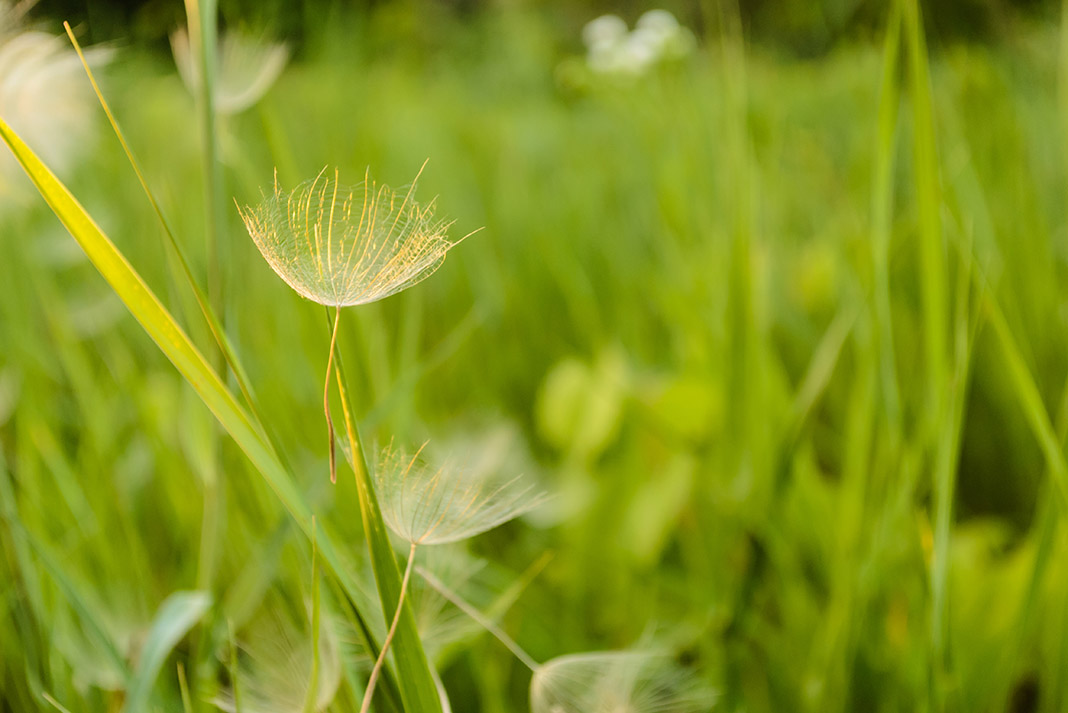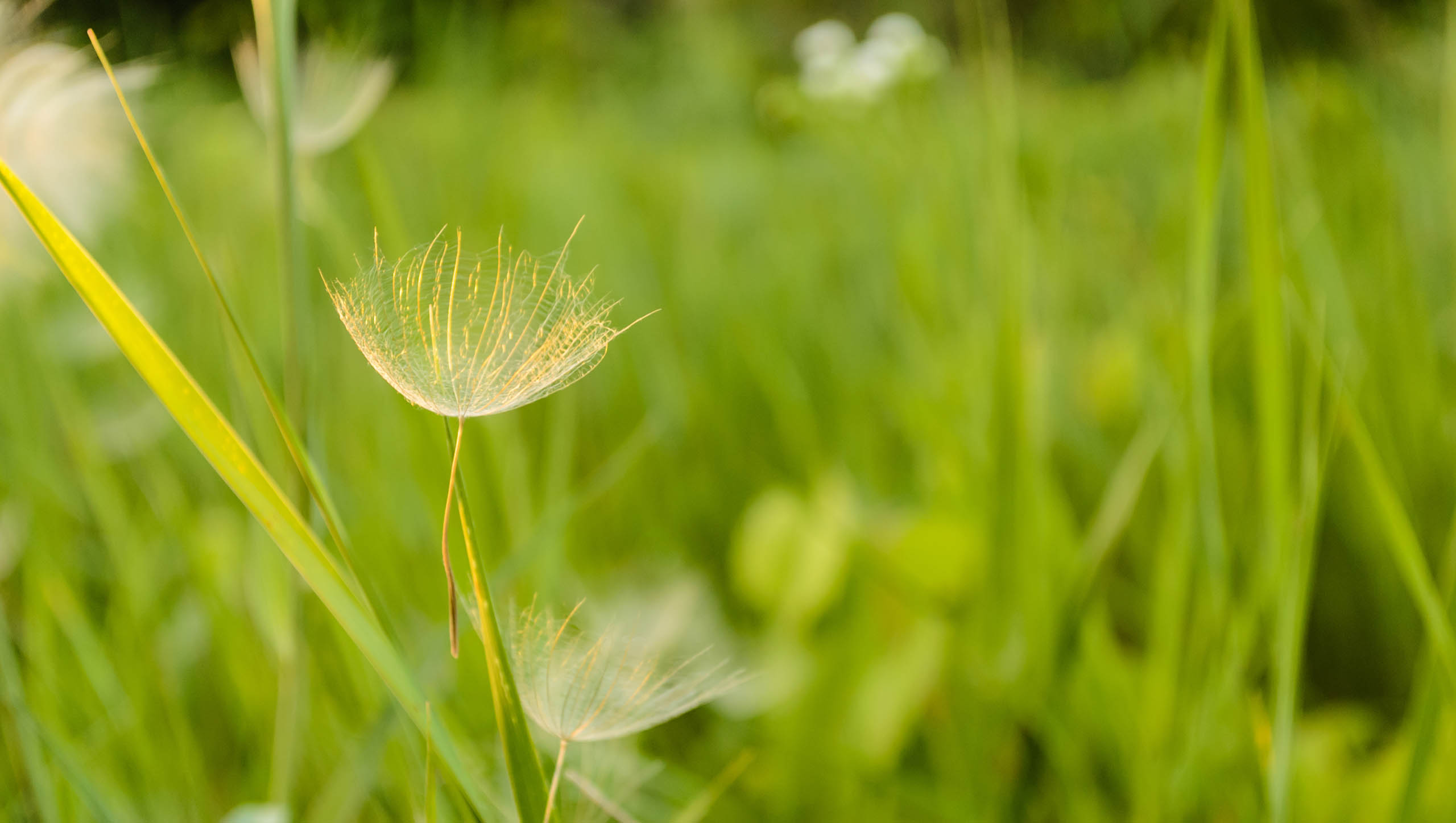Health & Wellbeing: Beating hayfever
With around 20 per cent of Australians reportedly suffering from hayfever symptoms, Go Vita looks at the causes and offers tips for making life more bearable.

Common symptoms
Many suffer more at this time of year, when extra pollen travels through the air, while some unfortunate folk have bouts year-round.
Known as seasonal allergic rhinitis, hayfever is a very common problem for millions from September through to April.
As well as triggering outbursts of sneezing, wheezing, runny nose and watery eyes, symptoms can include throat irritation and headaches. For some, hayfever allergens also trigger asthma.
Usually caused by an allergic reaction to airborne particles, especially during spring and summer, hayfever sufferers often have difficulty functioning effectively on a day-to-day basis. Concentrating and sleeping well also become problems.
Common causes
Many sufferers are allergic to pollen from grass, weeds and even trees. It is also possible they may react to airborne mould and mildew particles.
But why do these miniscule particles affect some and not others?
In hayfever sufferers, the immune system is mistaking these allergens for something more harmful attacking the body, such as a virus.
The body’s immune system goes into overdrive in an attempt to rid the body of the supposed intruder.
For those who suffer from hayfever year-round, conditions such as pet hair, dust mites or household dust, spores or mould, even mice and cockroaches can cause a fit of sneezing. This is known as perennial allergic rhinitis.
The body’s response to breathing in or touching allergens (things you are sensitive to) is to produce an antibody called immunoglobulin E (IgE).
Normally quite a helpful substance, IgE aids in protecting us against invaders such as germs and parasites.
In hayfever sufferers however, it’s not so obliging, when relatively harmless material, such as pollen, causes the IgE to rally specialist cells in the nose, eyes and other parts of the body, which then set off inflammatory chemicals such as histamine to cause sneezing, congestion and other issues.
Aussie hayfever
Symptoms may become more severe when particular types of pollen are most prevalent on the wind. Some people are more sensitive to certain pollens and consequently will suffer more during the months when those types are around. In Australia grass pollens are rife from October to May, tree pollens from October to April, while weed and spore pollens are widespread from September to April.
In South Eastern Australia, especially around Melbourne, hayfever cases rise dramatically when the northerly spring winds cross large grassland areas to the north.
Canberra residents are often troubled by pollen from the high number of exotic plants around the city, while, here in South Australia as well as Western Australia, pollen concentrations fluctuate depending on the prevailing winds.
Tips for surviving hay fever season
Follow the pollen count and try to stay indoors and close windows to limit exposure as much as possible when the count is high. Click here to check the pollen count in your area.
- Avoid grassy areas and parklands in the early morning and late afternoon/evening when the pollen count is at its highest.
- Go for an outing while someone else mows the lawn.
- Shower and wash hair after being outside on days when the pollen count is up.
- Remove house plants and anything in the garden you find you react to.
- Use a tumble dryer instead of clothesline when pollen count rises.
- Rub some pawpaw cream or natural oil around the nose and up the nostrils to stop pollen from invading the nasal passages.
- Vacuum rather than sweep and dust with a damp cloth rather than a feather duster.
- Wear a mask when cleaning.
- Remove dust traps from the home including ornaments, soft toys, curtains, cushions and dried flower arrangements.
- Avoid moisture leaks where mould and mildew can thrive.
Luckily we can offer a breakthrough hayfever treatment
An internationally patented herbal combination, based on ancient Chinese herbal knowledge and wisdom, has been shown in rigorous scientific tests to relieve the symptoms of hayfever including sneezing, runny, blocked and itchy nose and itchy eyes.
The results of two clinical trials reported 86-90 per cent of people who took the Chinese herbs had reduced allergic symptoms.Amazingly at least half the people in the tests continued to get relief from their symptoms for almost a year after they stopped taking the herbs.
For more information or to get in touch with Lee, click here
♦♦♦
*Disclaimer: Some information as mentioned above has been extracted from the Go Mag.









